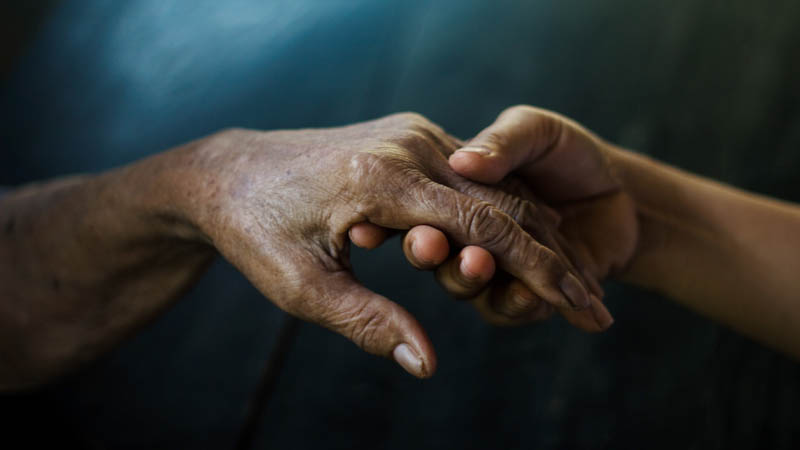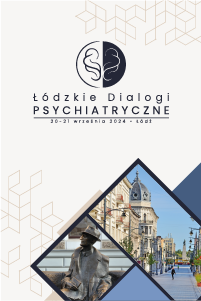Early recognition of autism in young children – warning signals for the diagnosis of autism spectrum disorders
Barbara Winczura
 Affiliacja i adres do korespondencji
Affiliacja i adres do korespondencjiThere is a small amount of data on the development of children with autism spectrum disorder during the first months of life. Evidence regarding the duration of initial symptoms and their severity is still limited. Scientists look for the earliest behavioural symptoms of developmental abnormalities that may be evidence of autism. So far, algorithms for the diagnosis of autism spectrum disorder in children under one year of age based on empirical evidence, have not been established. Identifying symptoms of autism in children under the age of 2 is also a difficult task. Early assessment of disorders in young children aged 1 and 2 is usually retrospective (interviews with parents and the analysis of home movies) and is based mostly on information obtained from parents or close relatives of these children. Prospective studies, on the other hand, allow to identify children belonging to the risk group and observe their development from the day of birth until they reach the age of 2 or 3 years. Most frequently confirmed in studies early symptoms of autism spectrum disorder in children in 1 and 2 years of age concern the difficulties in establishing social relations and social communication, including in particular the lack of reaction to one’s own name, limited eye contact, unusual mime expression in social situations, lack of emotional interaction, lack of interest in social stimuli and impoverished vocalisation as well as limited ability to follow, create common field of attention and show affection to relatives. The diagnosis of early risk symptoms in young children with autism spectrum disorder is crucial for a timely diagnosis and effective intervention.





















